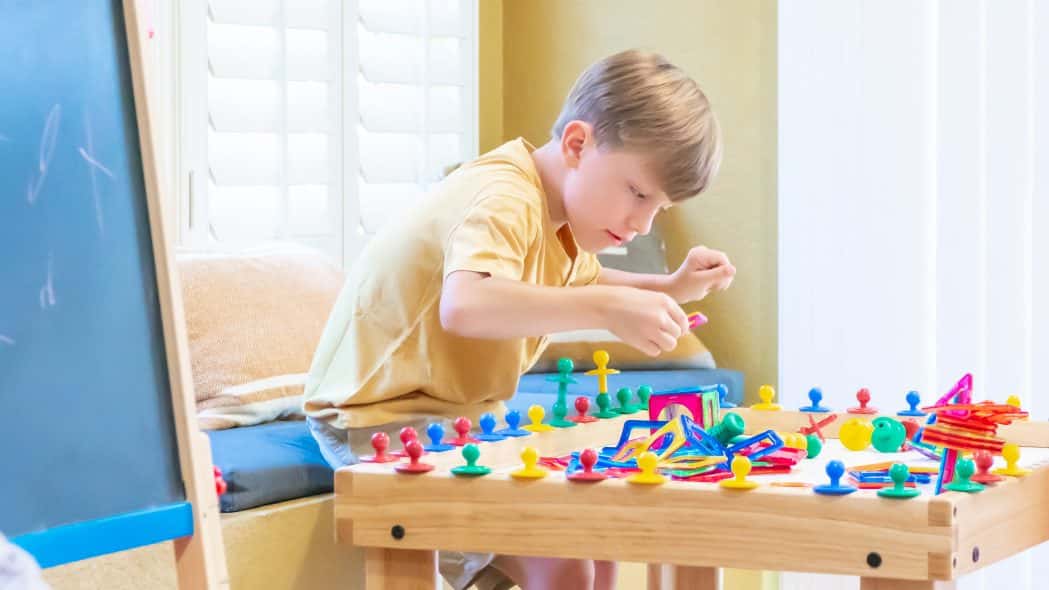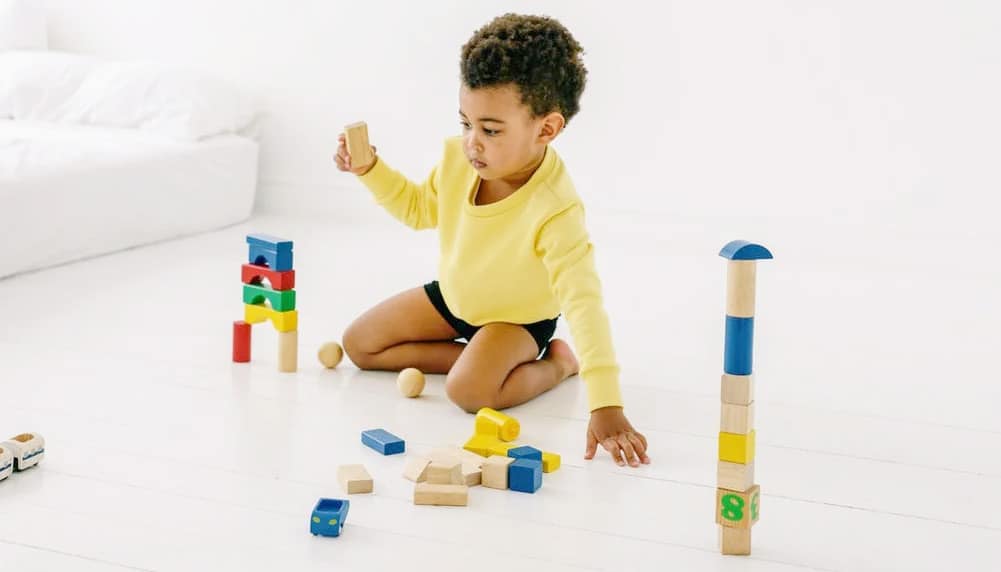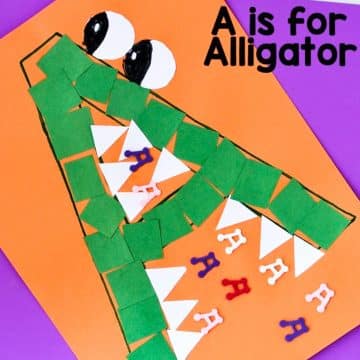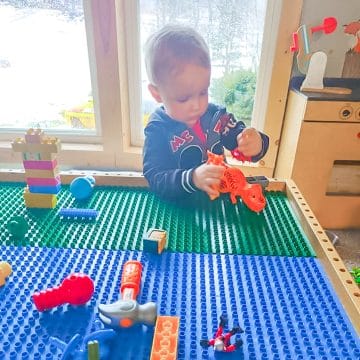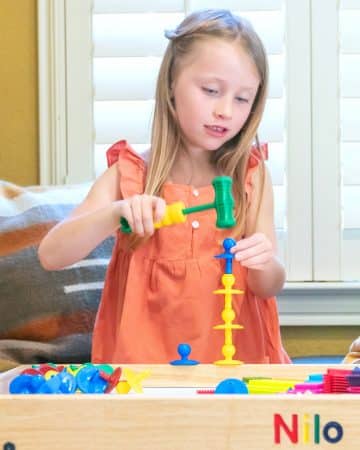
The benefits of Independent Play are plentiful and include: Creative development, problem-solving, developing interests and skills, confidence, attention span, and more. Here are some simple suggestions for your child’s play time. Read on to learn more about the benefits of independent play. Also, be sure to share your own ideas with your child! He or she may be able to find something new in everything that he or she sees around the house.
Independent Play & Creativity
Intentional play is an important denominator in child development. It encourages creative play and self-adeptness. Here are some ideas on how to encourage more independent play with your child. Make sure to model these behaviors yourself. Make it fun and encourage your child to develop creativity and problem-solving skills by playing with you. Some great toys to try out with your child are building blocks, flower toys, gardening toys, construction toys, magnetic toys, dinosaurs, army figures and more.
Independent play is an important part of developing a child’s brain. Research shows that children who play on their own are more creative. Playing independently also develops their self-confidence. Eventually, this will lead to more independence. The benefits of independent play are long-term. Children need opportunities to explore new ideas and to develop creative problem-solving skills. And the best part is, you don’t have to be an active participant.
Problem-solving Alone
While you’re letting your child enjoy a free-range afternoon at the park, you can also help your child develop cognitive strength through play. It can even help boost their self-confidence. Independent play is a wonderful way to teach problem-solving skills without the usual didactic method. Children’s problems may not be listed in textbooks, but they often require logical thinking and presence of mind to solve. Problem-solving through independent play helps children build up these virtues and makes learning more fun for both of you. For example, figuring out how to fit a cube into a square hole may be a fun, yet challenging independent activity that promotes physical and mental growth!
Children tend to explore their environment through play. By teaching your child to identify and solve problems, you can boost their self-esteem and encourage them to try new activities. Your child’s ability to solve problems is a function of their cognitive development and developmental stage, so be sure to consider this when choosing activities. Ultimately, the more they learn, the more they will want to try. But when choosing activities for your child, keep in mind the timeline of their problem-solving development.
Developing Interests & Skills
When it comes to fostering your child’s development, independent play can seem like an elusive goal. Children often follow you wherever you go, from the dinner table to the toilet. While it’s tempting to sit by their side all day, it isn’t always practical. These suggestions are not meant to be a substitute for one-on-one interaction with your child.
Independent play should be an opportunity for your child to explore a variety of toys. A special basket with toys that are of interest to your child can be a great place to start. Alternatively, filling a shelf with toys that you occasionally rotate is also a great idea so your child is not overwhelmed with choices and the fun never stops! Another great way to find interests is by leaving a variety of interesting things out for your child to discover. Children often develop their imaginations and learn by exploring different materials. During this time, they are most creative and develop problem-solving skills.
Confidence & Independent Play
Building self-confidence in children is important in a variety of areas. While a confident child is ready to learn new skills, a less confident child may have trouble getting started. Confidence is a crucial component of successful school settings and social interactions. In fact, the Centers for Disease Control and Prevention has linked self-confidence to child health since 1994. Here are some tips to help build your child’s confidence in independent play.
Playing independently fosters creativity and problem-solving skills in children. It also helps children develop self-regulation skills. By allowing children to play alone, parents can build their confidence while demonstrating the value of independent play. As a parent, you can model the importance of self-confidence by allowing your child to be the leader. Even if your child doesn’t yet understand what self-confidence means, you can model and reinforce these skills in your child through play.
Self-regulation
Playing independently helps children develop focused attention, a skill that will continue to develop throughout the child’s life. Children learn how to control their attention and to shift it to different activities. Self-regulation also includes learning to filter out irrelevant information when required. Self-regulation skills are key for children to be successful in school and in adulthood. This skill can also help your child with social interactions.
Children gain confidence and the sense of control that comes with working independently. It also strengthens cognitive and social skills. As a result, it will help children become independent and self-reliant as they get older. It is also a great way to boost your child’s self-esteem. Independent play is a good way to help your child with schoolwork. Children can develop these skills while playing and can even play independently if you don’t want to be there.
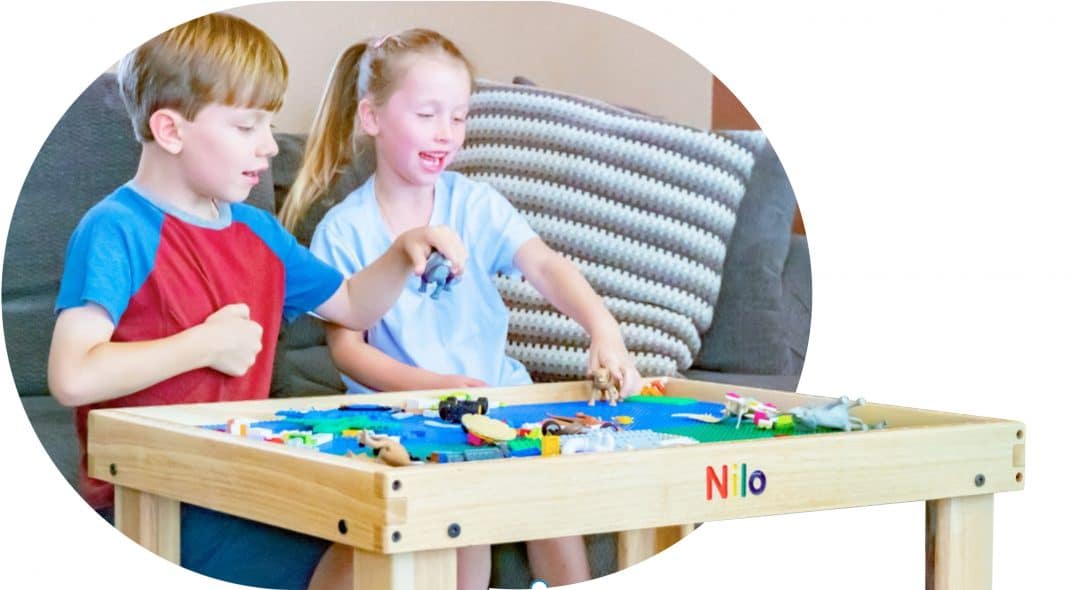
Where is a good place for Independent Play?
Having a designated play space is perfect for promoting independent play. Some ideas for this space may be in your living room, family room, or even bedroom. Even if you have limited space, consider getting our small play table for toddlers as it’s the perfect size for all types of activities. Nilo baseplates fit perfectly and provide tons of space for Lego & Duplo building brick fun. If you have more space we highly recommend the large play table for toddlers. You will truly be surprised with how much your children will naturally enjoy playing independently at the table as we were with our children! Using some of the recommendations above, such as rotating toys, will surely provide hours of fun while contributing to healthful child development.
Watch the video below to find out 5 more tips for promoting more independent play in your Montessori home!
Independent Play FAQ
Independent play is when a child plays independently (alone), but with supervision. Playing by themselves is a very important activity to engage in as they experience, explore, and imitate the world around them. It moreover teaches children valuable life lessons and skills such as self-confidence, problem-solving skills, and more!
Yes! Independent play promotes healthful child development in numerous ways. Some ways that playing independently promotes healthful child development are through creativity, problem-solving, developing new skills and interests, confidence, and self-regulation.
There are many benefits of independent play as a child grows into adulthood. Some of these benefits include development in creativity, problem-solving skills, attention, persistence, self-regulation, patience, confidence, exploration, experimentation, and more.
There are many ways in which you can promote independent play with your children. These methods include but are not limited to setting a designated playtime, finding toys or activities they’re naturally interested in by themselves, rotating toys, or starting an activity together and then letting them continue.
-
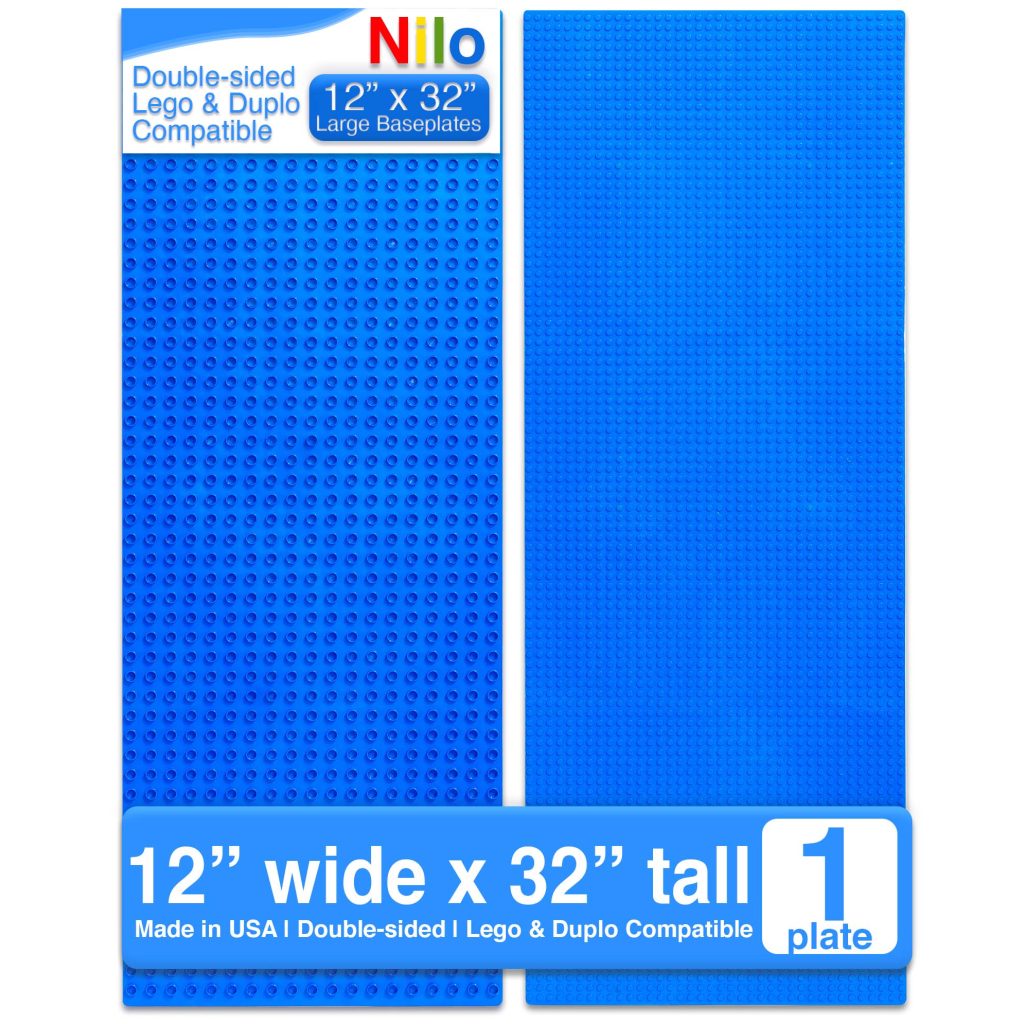 Blue Baseplate (Compatible with Lego / Duplo)$29.99
Blue Baseplate (Compatible with Lego / Duplo)$29.99 -
Product on sale
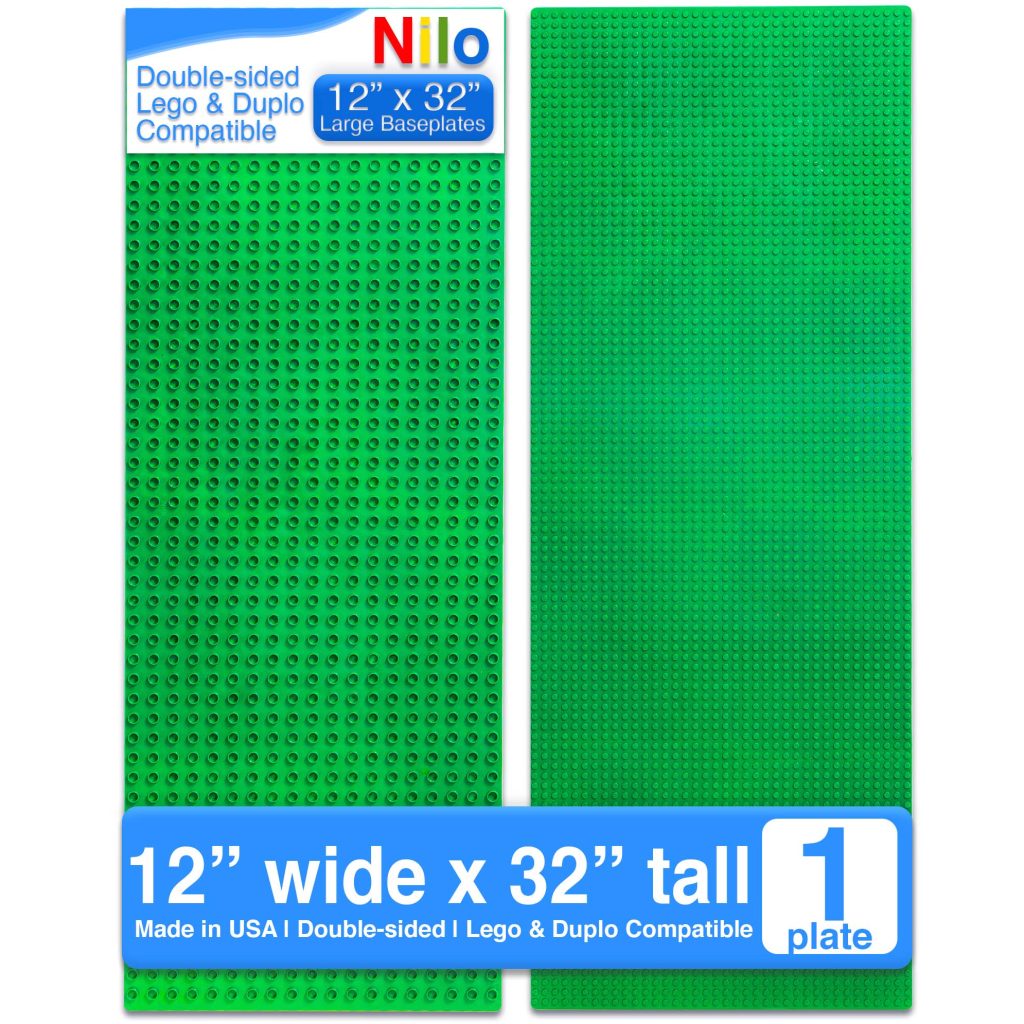 Green Baseplate (Compatible with Lego / Duplo)Original price was: $32.95.$29.99Current price is: $29.99.
Green Baseplate (Compatible with Lego / Duplo)Original price was: $32.95.$29.99Current price is: $29.99. -
Product on sale
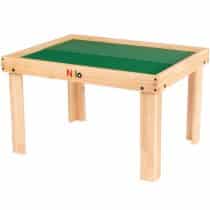 Small Nilo® Toddler Activity Table with Green Baseplates (With Accessory Holes)Original price was: $289.00.$249.00Current price is: $249.00.
Small Nilo® Toddler Activity Table with Green Baseplates (With Accessory Holes)Original price was: $289.00.$249.00Current price is: $249.00. -
Product on sale
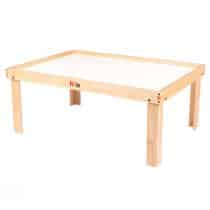 Large Nilo® Multi-Activity Childrens Play Table (With Accessory Holes)Original price was: $329.00.$289.00Current price is: $289.00.
Large Nilo® Multi-Activity Childrens Play Table (With Accessory Holes)Original price was: $329.00.$289.00Current price is: $289.00. -
Product on sale
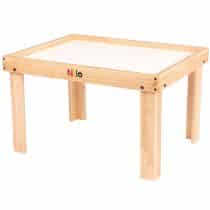 Small Nilo® Toddler Activity Table (With Accessory Holes)Original price was: $259.00.$219.00Current price is: $219.00.
Small Nilo® Toddler Activity Table (With Accessory Holes)Original price was: $259.00.$219.00Current price is: $219.00. -
Product on sale
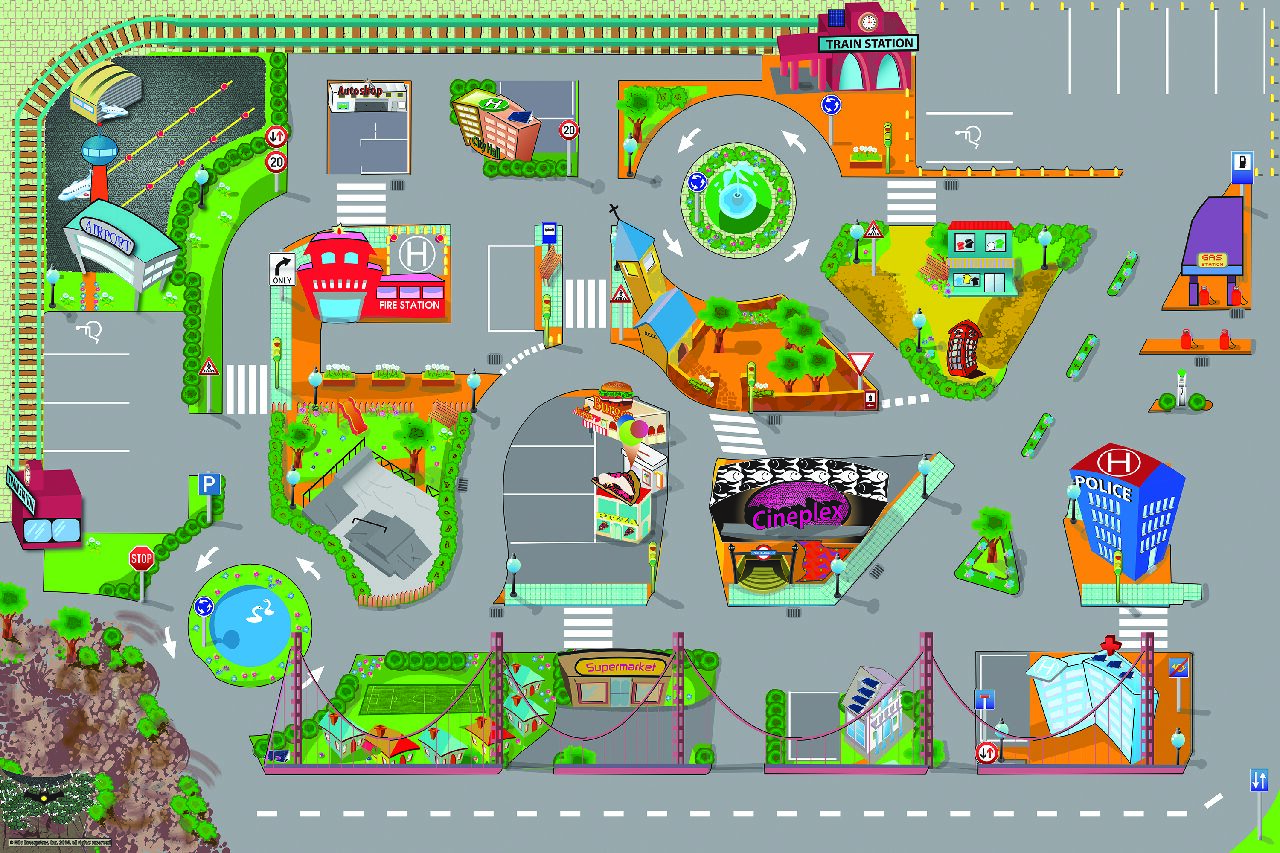 Nilo® Play Mat (Fits Large Play Table)Original price was: $39.95.$34.95Current price is: $34.95.
Nilo® Play Mat (Fits Large Play Table)Original price was: $39.95.$34.95Current price is: $34.95.

